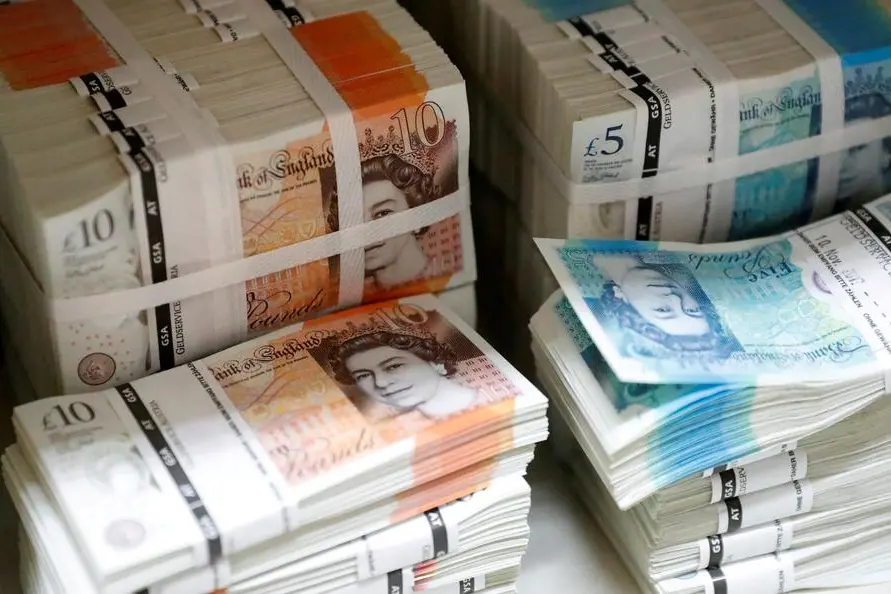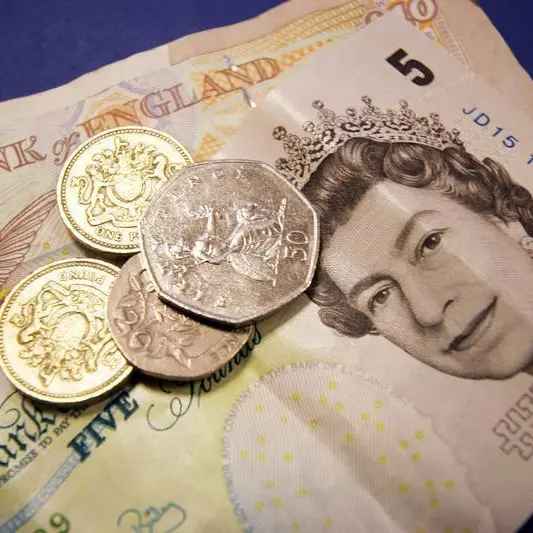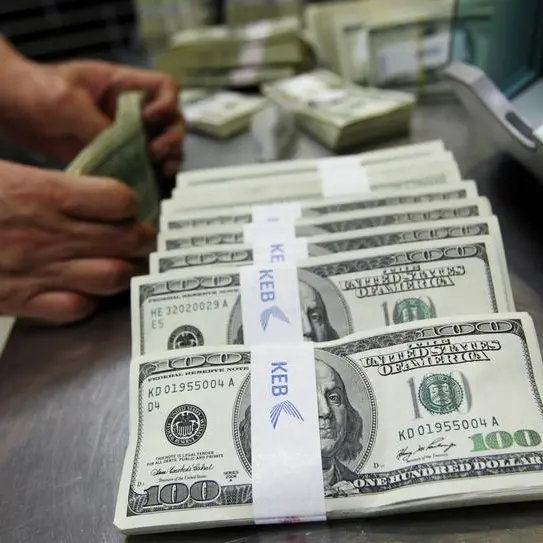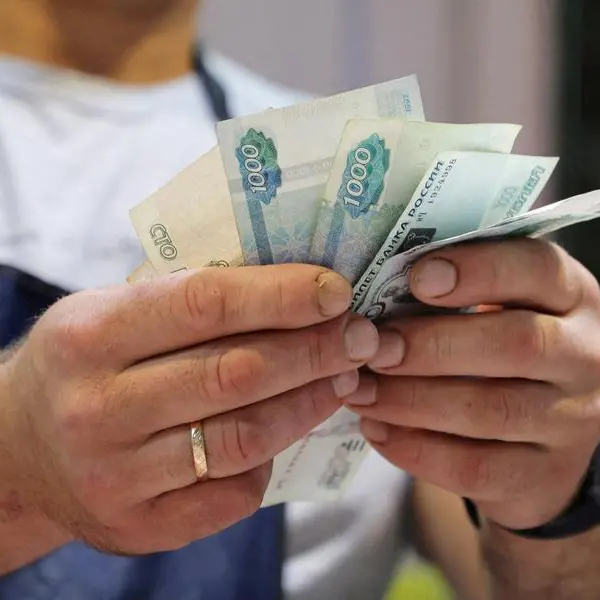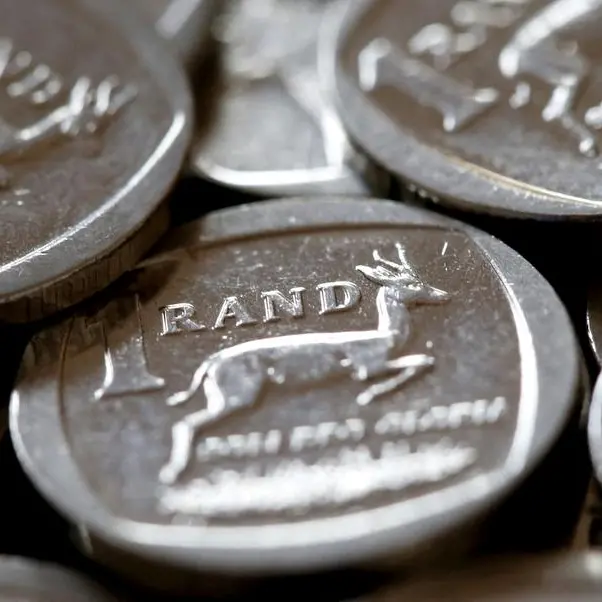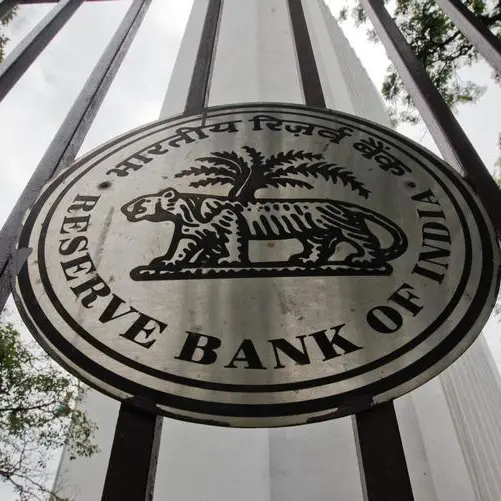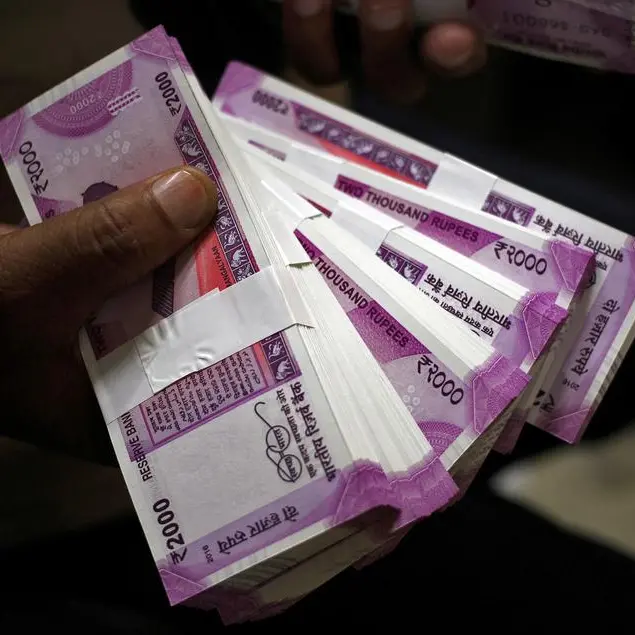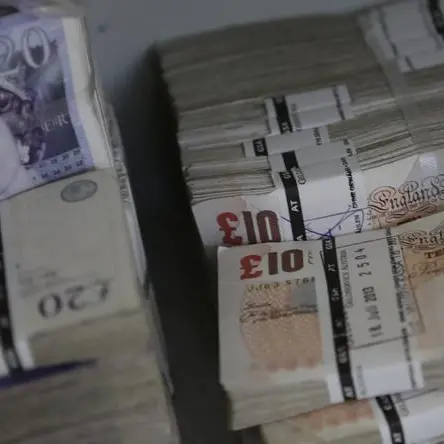PHOTO
The pound slipped on Thursday after the Bank of England paved the way for an interest rate reduction as a second official backed a cut, while hawkish opinions from Bank of Japan members helped slow the yen's fall.
The dollar index rose as traders started to focus on U.S. inflation data due next week and its implications for Federal Reserve policy.
The BoE held its benchmark interest rate at 5.25%, as expected, but a second official on the Monetary Policy Committee backed a cut, in what was seen as another step towards the bank lowering interest rates.
BoE officials voted 7-2 to keep rates at a 16-year high. Deputy Governor Dave Ramsden joined Swati Dhingra in voting for a cut to 5%.
Sterling later steadied on the day at $1.2505, recovering losses after hitting a two-week low immediately after the BoE's policy decision.
Investors have been watching for signs to firm their expectations on when cuts could come.
"It's likely that we will need to cut bank rates over the coming quarters and make monetary policy somewhat less restrictive over the forecast period, possibly more so than currently priced into market rates," BoE Governor Andrew Bailey told journalists.
He added that more data will be available before a BoE decision for the June meeting is made.
Money markets see a 75% chance of a first cut in August, with the odds of such a move coming in June at a 45% chance.
"Sterling is recovering some of the fall made on the back of the BoE’s policy statement," said Jane Foley, Head of FX Strategy at Rabobank.
"The dovish overtones will spark more optimism that the Bank may be ready to cut rates in June, though we expect that services sector inflation will result in a steady policy outcome until August".
Elsewhere, the dollar has been slowly inching up against the Japanese yen after it fell 3.4% last week, its biggest weekly percentage drop since early December 2022.
The yen was flat on the day at 155.62 per dollar, with the Japanese currency briefly finding some support in the BOJ's summary of opinions released on Thursday. The summary showed board members were overwhelmingly hawkish at their April policy meeting, with many calling for steady interest rate hikes.
The "BOJ appears to be hinting at the next rate hike, which could come in June or July as final results of wage negotiations come out," said Charu Chanana, head of currency strategy at Saxo.
In the U.S., last week's Fed policy meeting and weaker than forecast U.S. jobs growth have markets increasing bets for two rate cuts this year. But a chasm remains between Japan's ultra-low yields and those in the United States.
Japan's top currency diplomat Masato Kanda on Thursday reiterated a warning that Tokyo is ready to take action in the currency market.
Market players suspect Tokyo spent some $60 billion last week to stem the yen's slide after it hit its weakest in 34-years against the dollar around 160 yen.
The dollar index, which measures the greenback against a basket of currencies including the yen and the euro, edged 0.04% lower to 105.46, having touched a one-week high earlier.
Traders will be closely watching April U.S. producer price index (PPI) and the consumer price index (CPI) out next week for signs that inflation has resumed its downward trend toward the Fed's 2% target rate.
China's offshore yuan was about flat on the day at 7.2278, as data revealed China's exports and imports returned to growth in April after contracting in the previous month.
That could mean a potential delay for rate cuts some analysts believe China would need to make to meet its 2024 GDP goal.
=
(Reporting by Joice Alves and Brigid Riley; Editing by Philippa Fletcher, Chizu Nomiyama and Susan Fenton)
